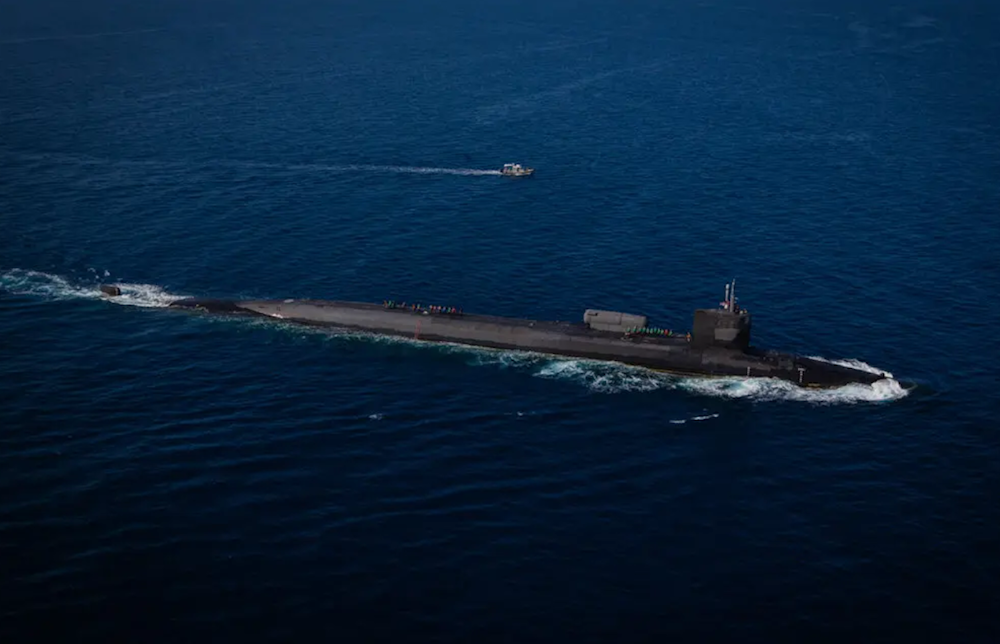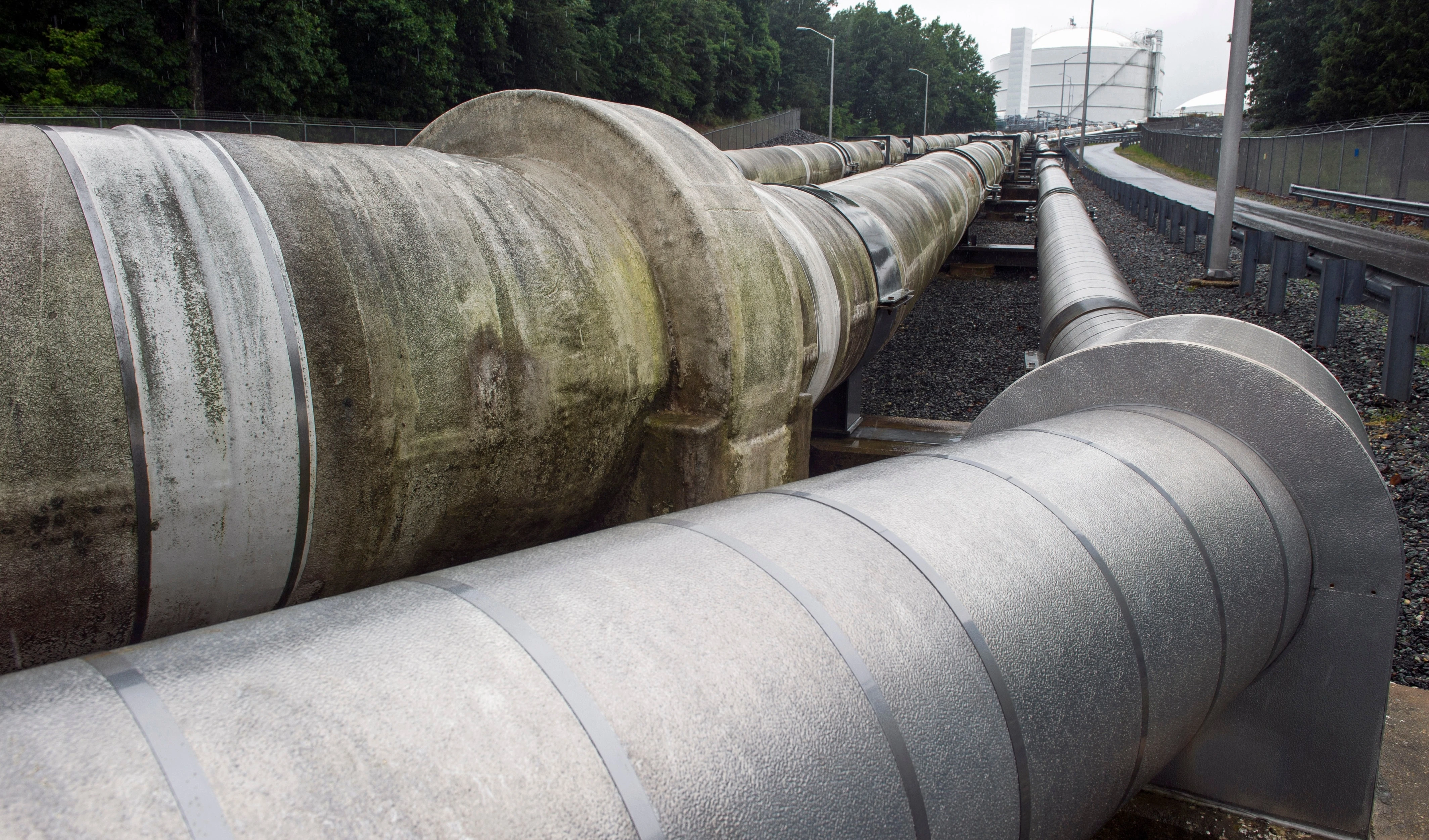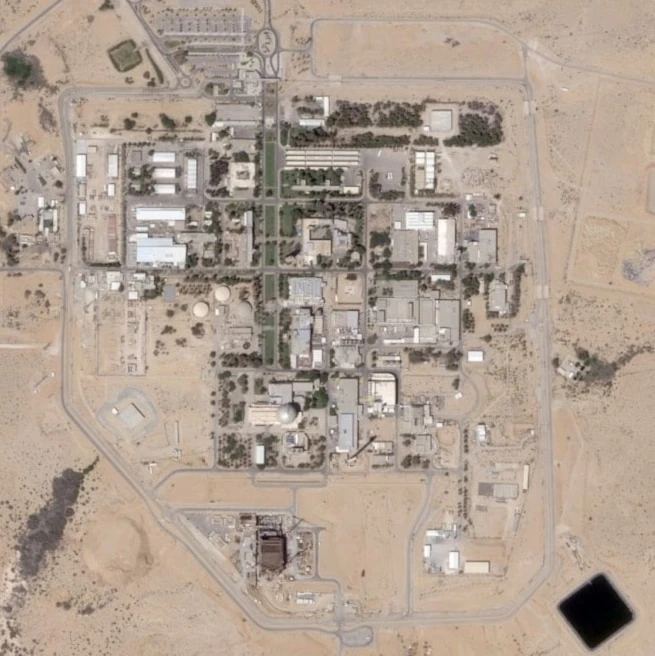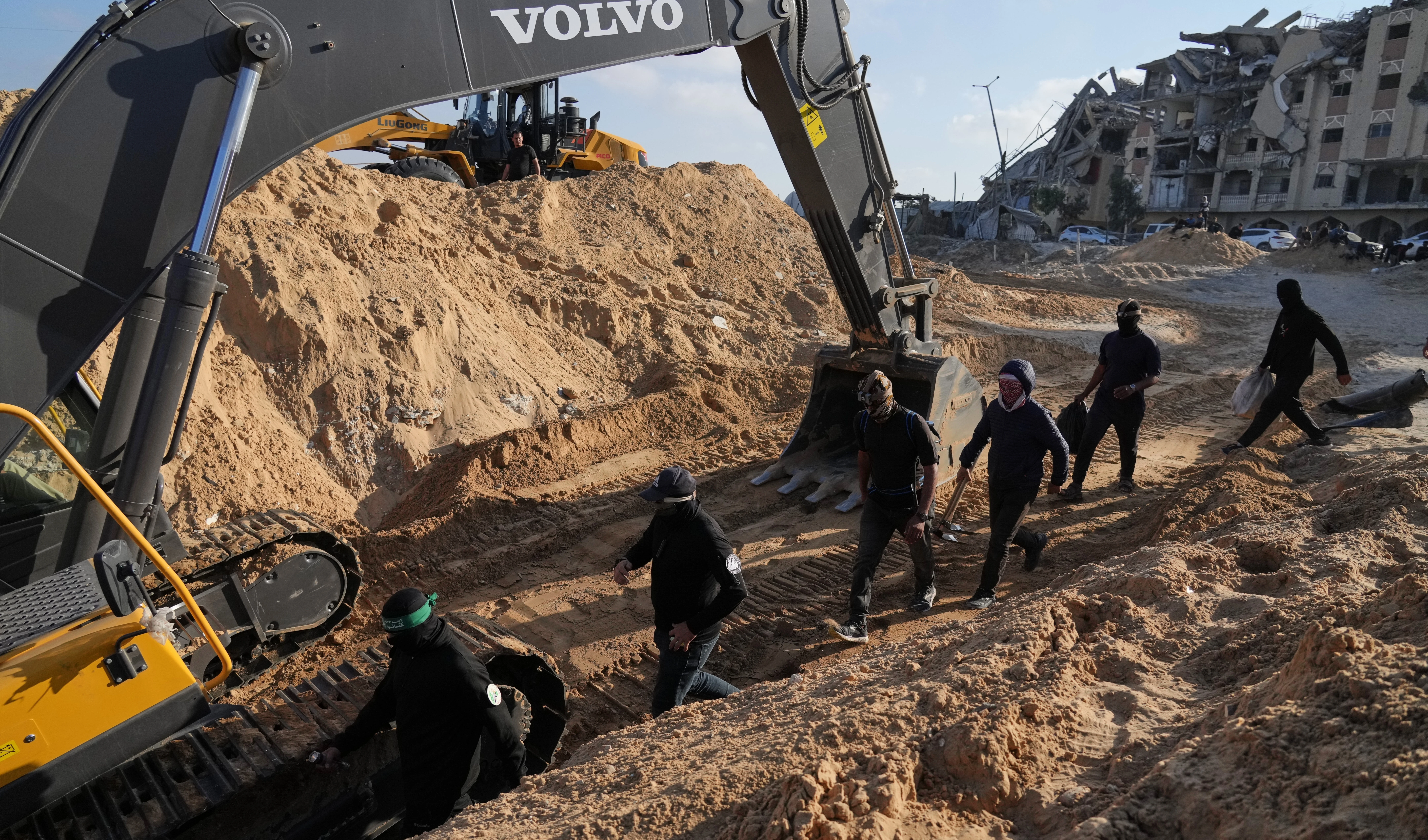How a covert US SEAL Team 6 mission in DPRK collapsed under fire
A 2019 operation approved by Trump sought to spy on Kim Jong Un, yet it backfired, killing civilians and raising alarms about hidden Special Operations failures.
-

A US Ohio-class nuclear-powered guided missile submarine takes part in exercises near Okinawa, Japan, in 2021 (US Marine Corps via Department of Defense)
In early 2019, a team of Navy SEALs slipped ashore in the DPRK on one of the riskiest missions of Donald Trump’s presidency. Their objective: to plant an electronic device that could intercept the private communications of leader Kim Jong Un amid delicate nuclear talks with Washington.
The mission fell to SEAL Team 6’s Red Squadron, the unit known for killing Osama bin Laden. Months of rehearsals led to a nighttime infiltration by mini-subs and divers in icy seas, but the mission swiftly collapsed when a small DPRK boat appeared. Believing they had been exposed, the SEALs opened fire, killing several unarmed civilians. The device was never planted.
The team withdrew into the sea, leaving behind dead bodies and unanswered questions.
Secret buried
The operation has never been acknowledged publicly by either the United States or the DPRK.
According to two dozen officials and military personnel interviewed by The New York Times on condition of anonymity, neither Congress nor key oversight committees were notified, potentially violating federal law.
Some involved in the mission later said they spoke out because failures in Special Operations are often hidden by secrecy, leaving the public with an incomplete picture of the extreme risks taken.
Planting a listening device in the DPRK carried extraordinary stakes. Discovery could have derailed diplomacy, triggered hostage crises, or even sparked war.
At the time, Trump was pursuing personal diplomacy with Kim. After their 2018 summit in Singapore, a second summit was set for Hanoi in February 2019. Yet, the SEAL mission conducted just weeks before that meeting nearly set off a military confrontation.
The DPRK did not acknowledge the deaths. But US satellites later detected unusual military activity in the region.
A history of high-risk missions gone wrong
The mission’s collapse renewed scrutiny of SEAL Team 6. Despite their celebrated successes, critics inside the military say the unit has a long history of overly complex, high-risk missions gone wrong, from Grenada in 1983 to Afghanistan, Yemen, and Somalia.
During Trump’s first term, oversight of such operations was loosened, reversing restrictions introduced under Barack Obama. Within days of taking office in 2017, Trump greenlit a raid in Yemen that left 30 villagers and a SEAL dead.
By contrast, Biden’s administration ordered a fresh review of the DPRK mission. In 2021, Defense Secretary Lloyd Austin tasked the Army inspector general’s office with an investigation, and key members of Congress were finally briefed.
The failed mission did not stop diplomacy. Trump and Kim met again in Hanoi in February 2019, though talks ended without a deal. Months later, Trump staged a dramatic walk into the DPRK’s Demilitarized Zone, but it yielded little.
Since then, the DPRK’s nuclear program has only advanced. US officials estimate Pyongyang now has around 50 nuclear warheads and the capacity to build dozens more, with missiles capable of reaching the American mainland.
The SEALs involved in the 2019 mission all returned alive. Some were later promoted. But the shadow of that night, when a top-secret plan collapsed and unarmed civilians were killed, continues to raise questions about accountability, secrecy, and the risks of pushing elite units beyond their limits.

 3 Min Read
3 Min Read










